Sound familiar? "Affordable housing fenced into poor areas"
I was searching the web and happened to find this article from April 25, 2012 on My San Antonio. Although this article is based on neighborhoods in Texas I found the article to be very insightful on many of the issues we face east of the river with oversaturation and the concentration of "affordable" housing projects in neighborhoods with high unemployment.
Go HERE to read the full article by Karisa King. It is a little long but a really good read, lots of great information.
Excerpt:
Excerpt:
Go HERE to read the full article by Karisa King. It is a little long but a really good read, lots of great information.
Excerpt:
An investigation by the San Antonio Express-News and Texas Tribune of data from 1990 to 2011 from the Texas Department of Housing and Community Affairs, which administers the program, found that apartments were disproportionately built in impoverished neighborhoods with high concentrations of minorities while few units are placed in areas that are predominantly white.
The goal of the Low-Income Housing Tax Credit program, which gives federal incentives to private developers to build or rehab affordable apartments, is to provide mixed-income housing that helps lift residents out of poverty.
The location of affordable housing is important as policymakers increasingly focus on the links between neighborhoods and access to jobs, good schools, transportation and safe streets.
But an examination of where Texas builds low-income housing raises questions about whether the program promotes segregation: The state has awarded $9.7 billion in tax credits that directed more than three-quarters of the apartments to neighborhoods of mostly poor blacks and Hispanics.Excerpt:
Neighborhoods with high concentrations of minority residents — 90 percent or more — are home to one of every three low-income units across the state.
Poor census tracts where residents earned less than the median household income hold 80 percent of the low-income apartments, but only 64 percent of all rental housing.
“Those figures are startling,” said John Henneberger, co-director of the Texas Low Income Housing Information Service in Austin. “These funds are supposed to be used to overcome patterns of economic and racial segregation. It appears that they're doing exactly the opposite.”
In many cases, tax-credit financing has clustered apartments in areas suffering from the kind of blight the program is supposed to correct.
Excerpt:
Other housing providers are skeptical that tax-credit projects boost neighborhoods, and they question the wisdom of building apartments in areas with few jobs.
“I have never seen any new development take place because we built a new property,” said Steve Ford, a private developer who built several tax-credit complexes in Houston's Fifth Ward. “These are families — working people — and they've still got to figure out how to get to their jobs.”
Jill Khadduri, former director of policy development at HUD, said poor areas already have housing with rents lower than the maximum allowed by the tax-credit program.
In San Antonio, for example, the program caps the monthly rent for a three-bedroom apartment at $948.
“You aren't really increasing the supply of housing for poor people when you build in those neighborhoods,” said Khadduri, now with the research firm Abt Associates. “You're only really increasing opportunities for people when you build housing in places where they couldn't otherwise afford the rents.”
Unless low-cost apartments coincide with a large infusion of public subsidies into a neighborhood, she said, studies have shown they don't typically improve the area. By competing with other low-rent apartments already in those neighborhoods, the subsidized units can even add to blight, she said.
 |
| Click here to learn more about our advertising philosophy! |
